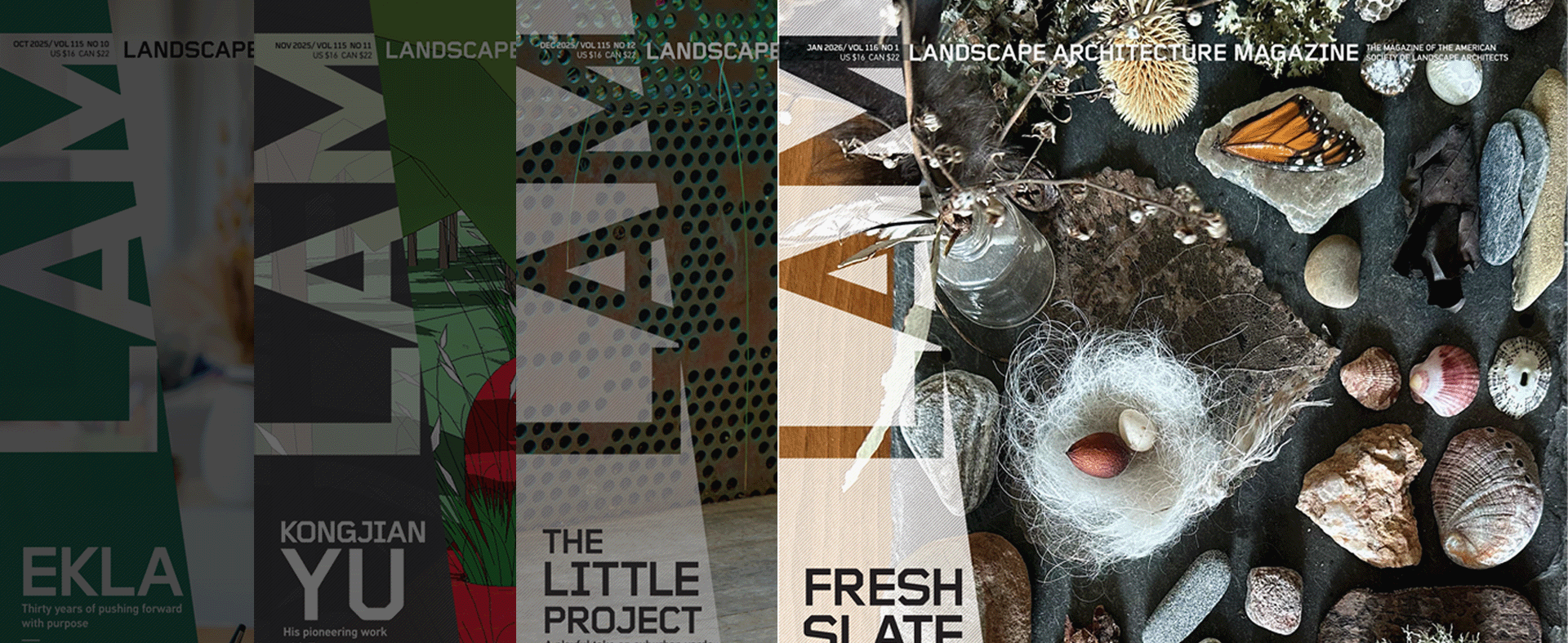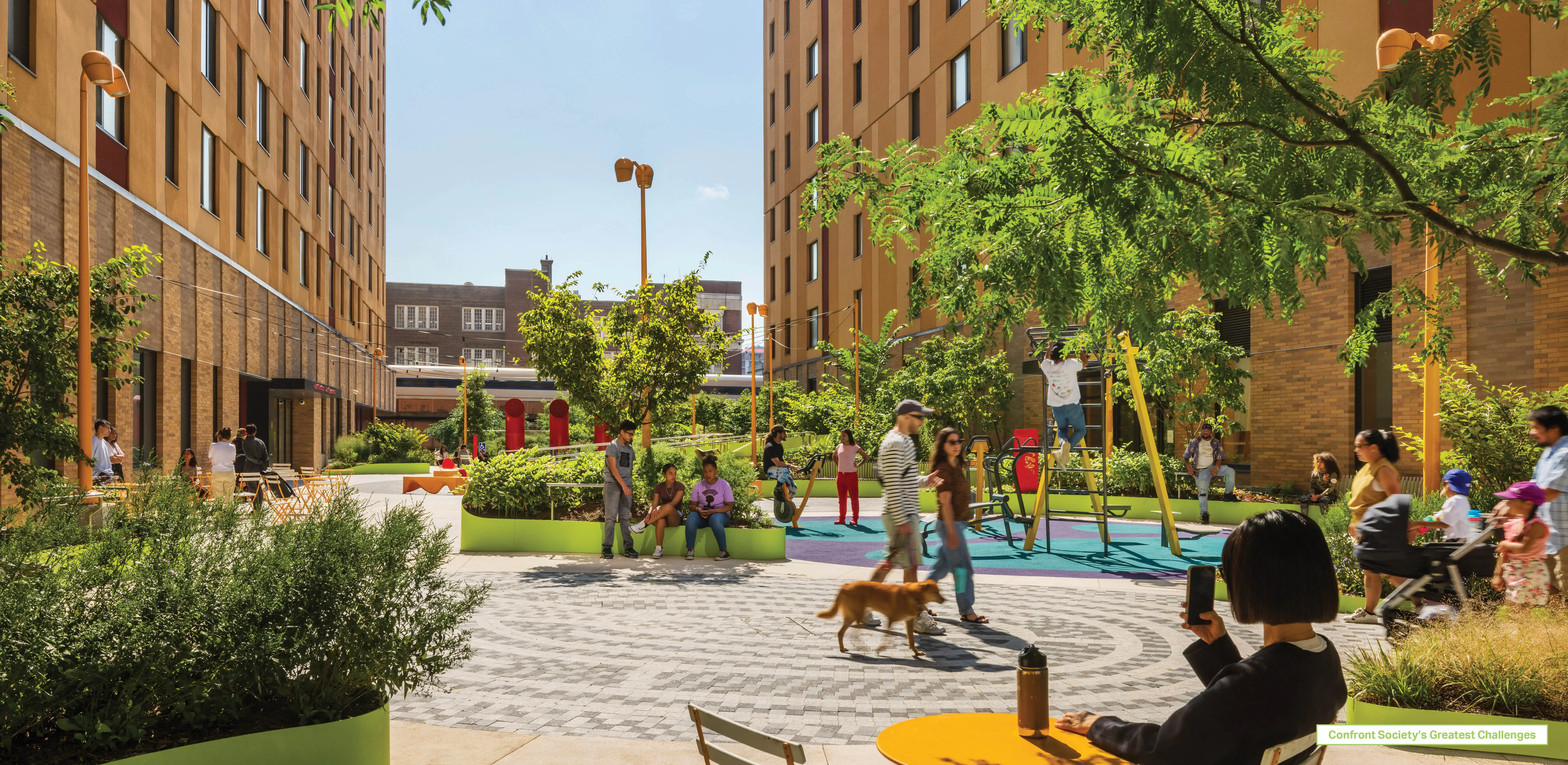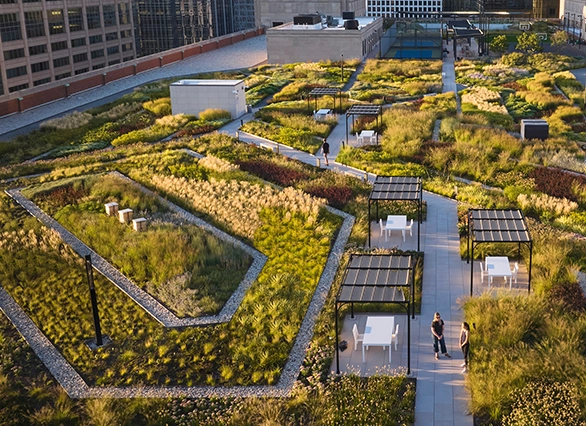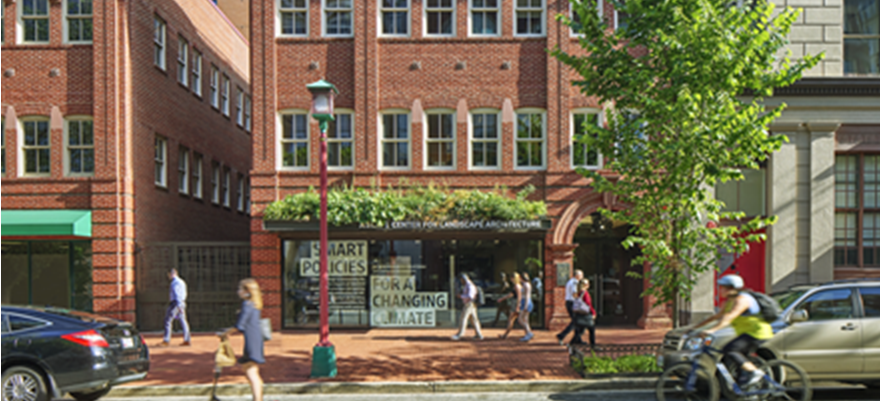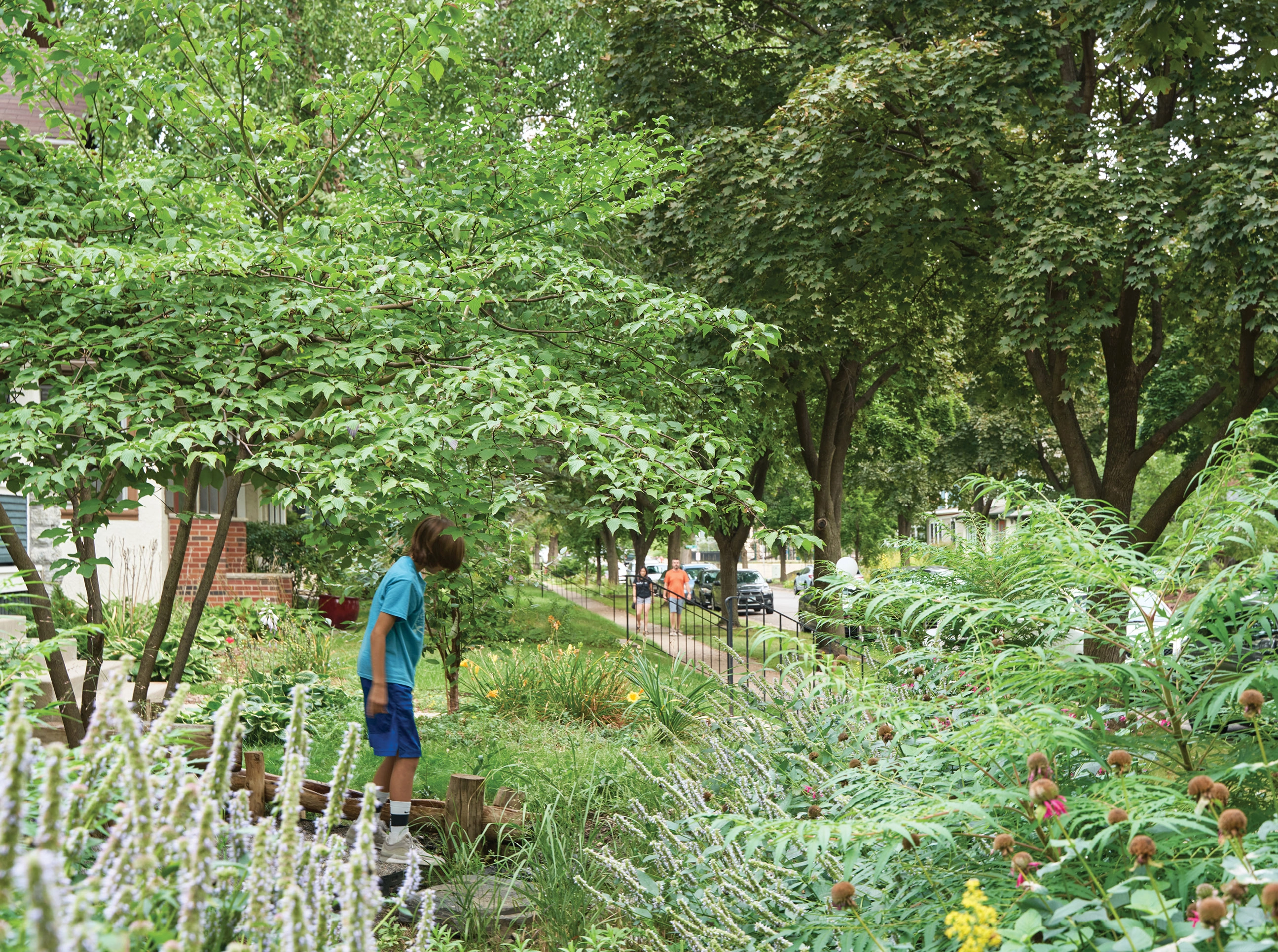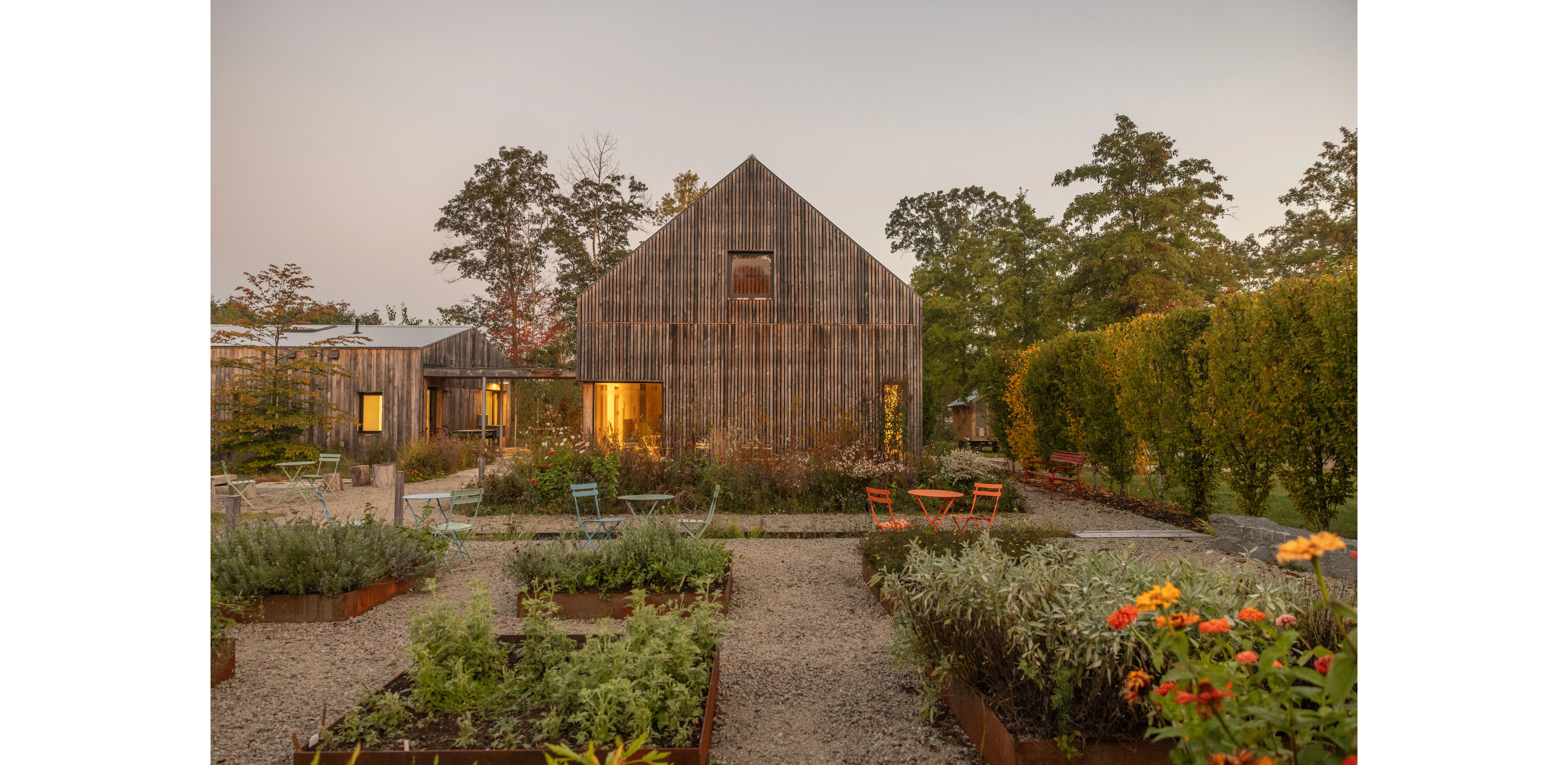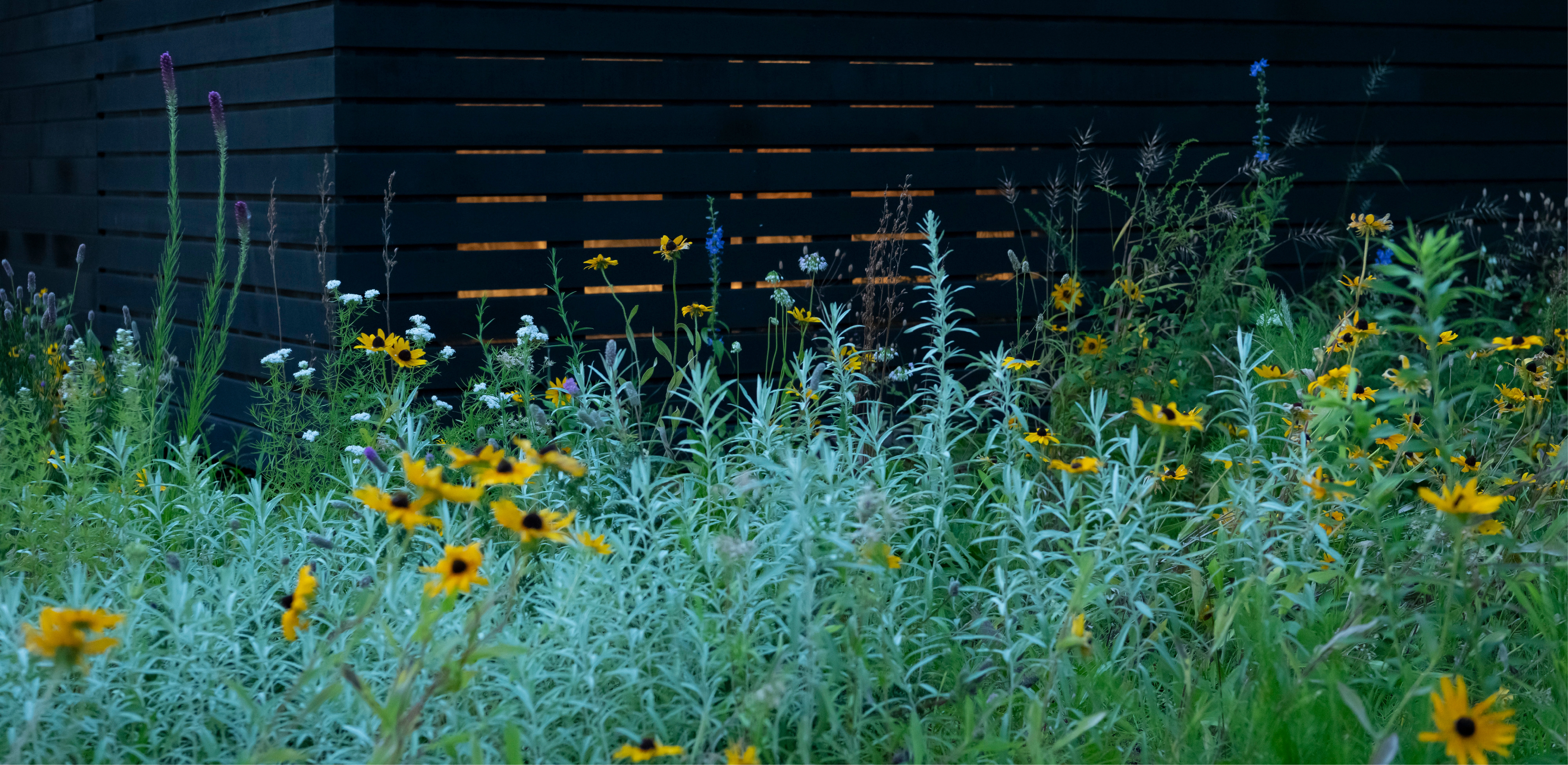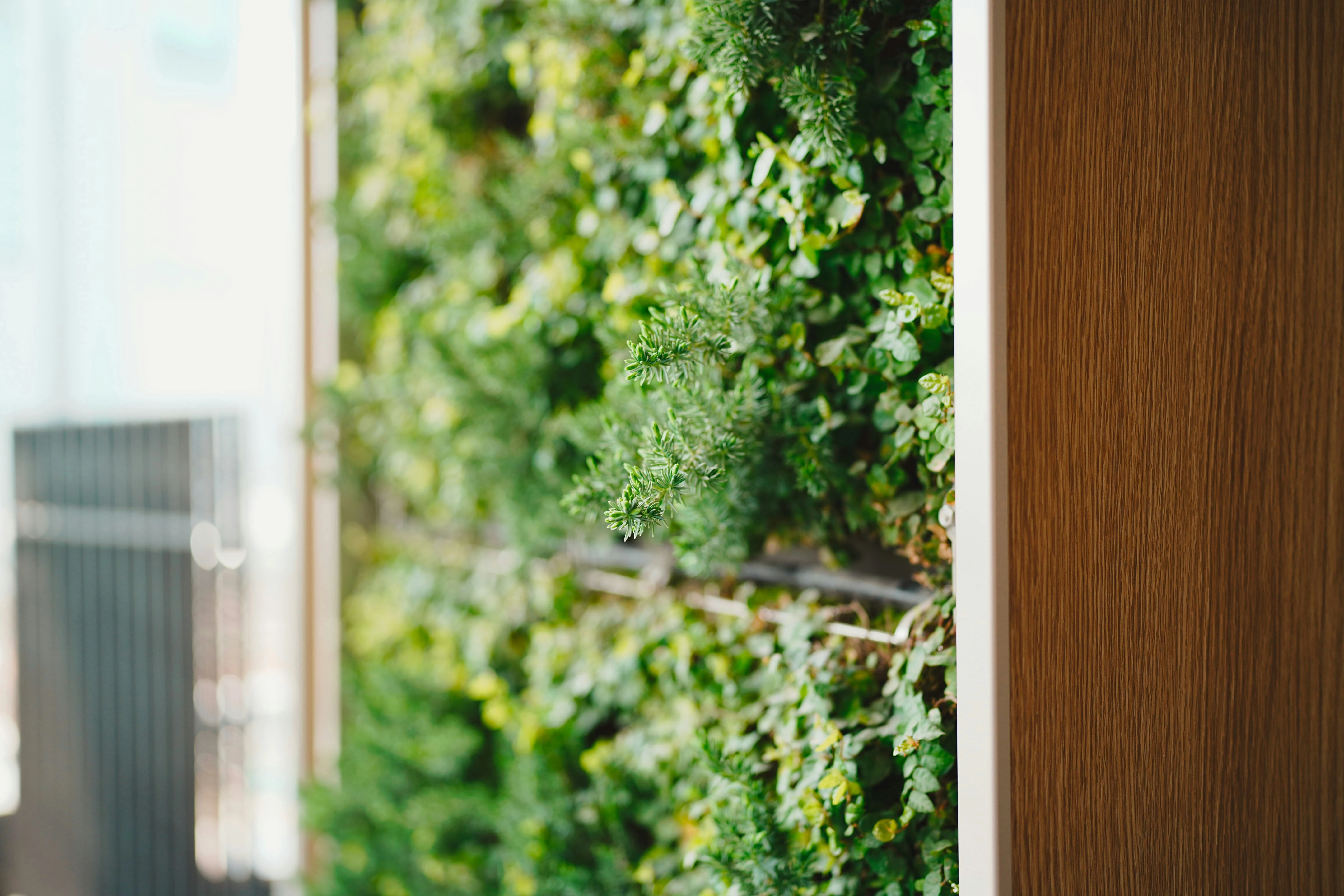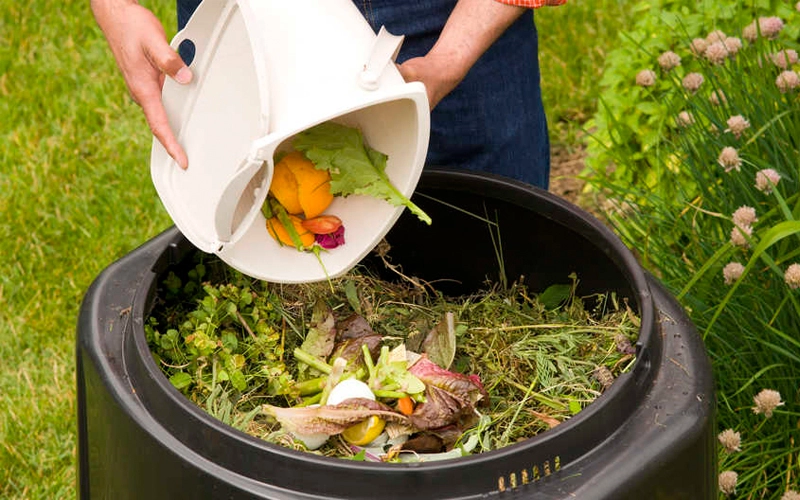Applying Ecological Design
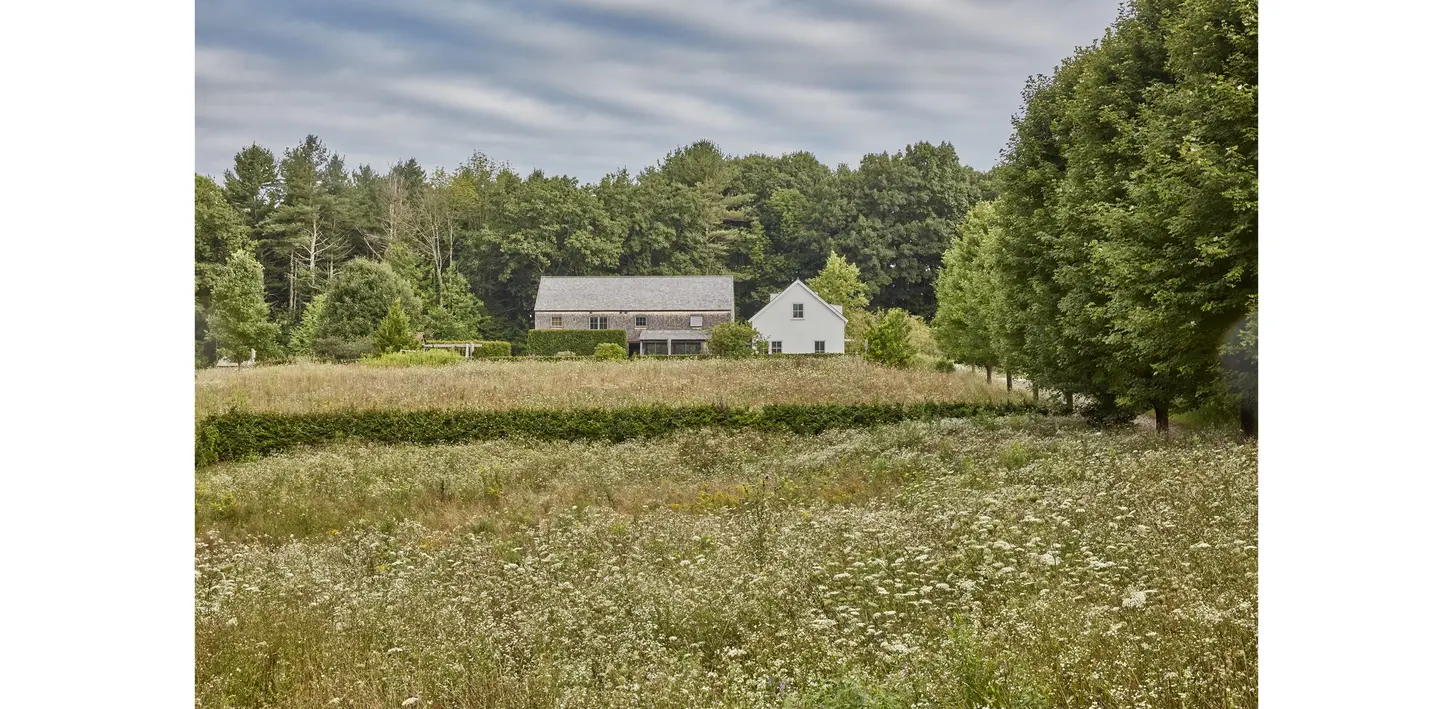
Plants are central to a functioning global ecosystem. Plants oxygenate the atmosphere and reduce atmospheric pollutants. Ecological restoration in both developed and developing countries is a primary strategy for mitigating the impacts of climate change. Native plant communities are not only key to the global ecosystem, but also crucial to environmental and human health at the residential and neighorhood scales.
In the United States, urbanization has fragmented what were ecologically-productive landscapes. According to the Audubon Society, the continental U.S. has lost 150 million acres of wildlife habitat and farmland to urban sprawl over the last century. Sustainable residential landscape architecture practices can help build a network of productive landscapes. Native plants can be used to regenerate sustainable plant communities and reconnect fragmented ecosystems in residential areas. Creating a network of productive ecosystems expands wildlife habitat areas and boosts human health and well-being by bringing nature's benefits right to residential yards and outdoor spaces.
Homeowners who use native plants reduce the use of excess water, energy, and chemical fertilizers and pesticides that damage natural ecosystems as well as support pollinators.
Residential landscapes can also be used to grow food at home and in communities. When growing food, gardeners should apply principles of ecological design and permacultural practices to ensure food production and garden systems are integrated with the natural environment and avoid contaminating local watersheds with runoff. Homeowners and communities can create composting systems for efficient waste removal and to increase organic matter in the soil.
And plants can also be used inside the home to improve air quality and human productivity.
Homeowners should be mindful of the quality of the soil on their property. Healthy soils are essential to plant and tree health and enable the infiltration of stormwater into the ground. Years of development and construction can lead to layers of compacted soil that restrict movement of water and air, and limit root growth. Homeowners can achieve credit from The Sustainable Sites Initiative™ (SITES®) by using techniques like subsoiling and adding soil amendments to help rebuild ecosystem function.
Landscape architects partner with communities, non-profit organizations, and local governments to increase public awareness about using sustainable residential design practices that yield productive plant systems and reduce the negative ecological impacts of typical residential development.
This guide was written by Dana Davidsen and Jared Green.
Use plants to restore ecosystems, support wildlife, and create healthier homes:
Organizations
Botanical Society of America
Center for Plant Biodiversity Research, Australia
Lady Bird Johnson Wildflower Center
Nature Conservancy
Royal Botanic Gardens, Kew (UK)
U.S. Botanic Garden
U.S. Green Building Council
Millennium Ecosystem Assessment
Research
“Designing the Sustainable Site: Integrated Design Strategies for Small Scale Sites and Residential Landscapes,” Heather L. Venhaus and Herbert Dreiseitl, Wiley, 2012
“Design with Nature,” Ian L. McHarg, Wiley, 1995
“Designing Landscapes for Performance Based on Emerging Principles in Landscape Ecology,” Sarah Taylor Lovell and Douglas M. Johnson, Resilience Alliance, 2009
“The Authentic Garden: Naturalistic and Contemporary Landscape Design,” Richard Hartlage and Sandy Fischer, The Monacelli Press, 2015
"Up By Roots: Healthy Soils and Trees in the Built Environment," James Urban, ISA, 2008
“Garden Revolution: How our Landscapes can be a Source of Environmental Change,” Larry Weaner and Thomas Christopher, Timber Press, 2016
“Planting: A New Perspective,” Noel Kingsbury and Piet Oudolf, Timber Press, 2013
“The American Meadow Garden: Creating a Natural Alternative to the Traditional Lawn,” John Greenlee and Saxon Holt, Timber Press, 2009
"Bringing Nature Home: How You Can Sustain Wildlife with Native Plants," Douglas W. Tallamy. Timber Press, 2009
"Endangered Species Acts Must Protect Plants," Native Plant Conservation Campaign
"Plant-Driven Design: Creating Gardens that Honor Plants, Place and Spirit," Scott and Lauren Springer Odgen. Timber Press, 2008
"The Green Fuse: Using Plants to Provide Ecosystem Services," Rene Kane, SPROUT, October 2004
Resources
Designing Neighborhoods for People and Wildlife, American Society of Landscape Architects
Biodiversity and Ecosystem Services, UN Food and Agricultural Organization (FAO)
Designing Neighborhoods for People and Wildlife, American Society of Landscape Architects
LEED for Homes, U.S. Green Building Council
Virtual Library of Botany / Plant Biology
4 Key Strategies for Sustainable Residential Design, Land8
Modeling Landscape Permeability, The Nature Conservancy
Government Resources
Sustainable Landscape Gallery, Office of Sustainability and the Environment, City of Santa Monica
Earth-wise Guide to Landscape Design, Texas A&M Agrilife Extension
Conservation Programs, Natural Resources Conservation Service, U.S. Department of Agriculture
Biodiversity Conservation, Environmental Protection Agency
Plant Conservation Alliance, Bureau of Land Management, Interior Department
Plants Database, U.S. Department of Agriculture
Projects
DBX Ranch, Pitkin County, Colorado
Design Workshop, Inc.
The Restoring of a Montane Landscape, Rocky Mountains, Colorado
Design Workshop Inc.
Kronish House, Beverly Hills, California
Marmol Radziner
Le Petit Chalet, Southwest Harbor, Maine
Matthew Cunningham Landscape Design LLC
Recovered Modernism: A Landscape Matrix Enriches a Dallas Hacienda, Dallas Texas
Reed Hilderbrand LLC
Dune Side Residence, East Hampton, New York
Edmund Hollander Landscape Architect Design, P.C, New York, New York
Farrar Pond Residence, Lincoln, Massachusetts
Mikyoung Kim Design, Brookline, Massachusetts
Garden/garden, Santa Monica, California
Jettscapes Landscapes
High Point, Seattle, Washington
Mithun
Maple Hill Residence, Westwood, Massachusetts
Stephen Stim son Associates
Quartz Mountain Residence, Paradise Valley, Arizona
Steve Martino & Associates, Phoenix, Arizona

.webp?language=en-US)
